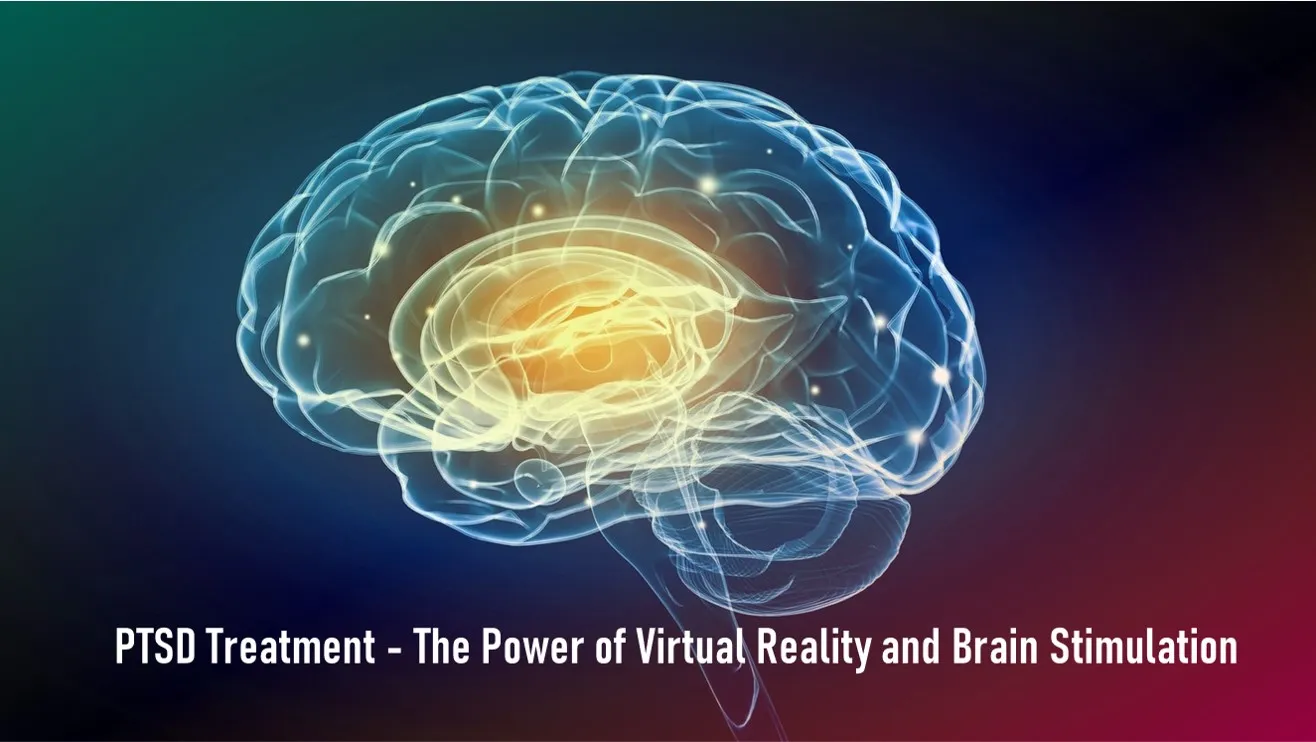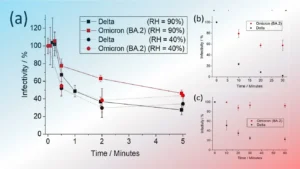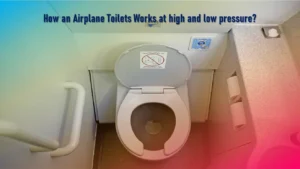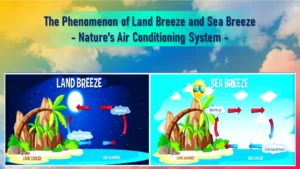Discover how the fusion of virtual reality & brain stimulation is revolutionizing PTSD treatment. Dive into a groundbreaking study’s findings and learn how innovative therapies are offering hope and curative to individuals battling post-traumatic stress disorder (PTSD).
How Cutting-Edge Therapies Are Revolutionizing PTSD Treatment
Although cliché, the adage “face your fears” holds profound truth, especially in the context of trauma recovery. For individuals grappling with PTSD, confronting their trauma can be daunting, often hindering progress in traditional therapy settings.
However, recent advancements in mental health research have paved the way for innovative approaches that combine technology and neuroscience to effectively tackle PTSD.
A groundbreaking study, published in JAMA Psychiatry, sheds light on a promising innovation in PTSD treatment. Collaborating researchers from Brown University and the Providence V.A. Center for Neurorestoration and Neurotechnology embarked on a journey to explore the synergy between exposure therapy, transcranial direct current stimulation (tDCS), and virtual reality (VR) in alleviating PTSD symptoms.
In this double-blind study, 54 military veterans volunteered to participate in a novel treatment regimen. Over two to three weeks, each participant engaged in six VR exposure therapy sessions, immersing themselves in simulated warzone scenarios.
What sets this approach apart is its utilization of VR, providing a less intimidating platform for individuals to confront their trauma compared to traditional talk therapy.
Simultaneously, half of the participants received painless tDCS stimulations embattled at the ventromedial prefrontal cortex—a brain region crucial for regulating emotions and processing fear responses. The other half served as controls, experiencing a sensation mimicking tDCS without actual stimulation.
The outcomes were remarkable. Veterans who underwent both VR exposure therapy and tDCS reported substantial improvements in their PTSD symptoms after just three sessions. What’s even more noteworthy is the speed of progress; this combined approach yielded results in a fraction of the time it typically takes with exposure therapy alone.
However, it’s essential to approach these findings with cautious optimism. While the initial results are promising, further research with larger participant samples and longer continuation periods is necessary to validate the efficacy and long-term effects of this treatment modality.
Conclusion:
In conclusion, the integration of VR technology and brain stimulation represents a significant stride forward in PTSD treatment. By harnessing the power of innovation and collaboration, we’re not only enhancing therapeutic outcomes but also providing hope and healing to those grappling with the invisible wounds of war.
Also Read:
Biosafety Aspects of Genetically Modified Crops in India
Genome India Project – Aim, Method and Significance











